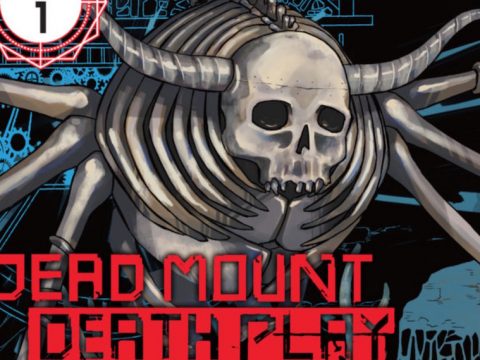
Are you, dear Baccano! viewer, so confused at the large cast spread across three time periods that you’re having trouble placing who’s where and when? Or, perhaps, you feel as though you are watching The Sting, except it’s more confusing? Is the eponymous “stupid commotion” giving you a headache?
Clarity and understanding are only gained through the viewing experience, alas, but, in the meantime, here is a quick guide to the characters to keep you grounded as you navigate the back alleys of Depression-era America and discover why Prohibition was a really bad idea, in a much more fun and exciting way than people of the time did.

Firo Prochainezo and Maiza Avaro are both members of the Camorra syndicate-the former a recent and quite young inductee into the ranks of the Camorra privileged, the latter a young gentleman with a perpetually pleasant, yet aloof, demeanor and a nonchalant attitude towards cuts and scrapes.
Maiza is assigned to instruct Firo in the ways of the Camorra, but only winds up getting him entangled in an ongoing conflict between Maiza and a ruthless old man, Szilard Quates. But Firo, through circumstance, becomes thoroughly enchanted with Szilard’s young female assistant Ennis.
Dallas Geonard is tangled up with the conflict between Maiza and Szilard while trying to reclaim his family fortune, but goes missing sometime in 1930, prompting his younger sister Eve Geonard, unafraid of confronting mafia bosses and newspaper editors alike, to go on a hunt for him in 1932, to find out what happened to him, where he is, and if he’s alive.

In 1931, a train called the Flying Pussyfoot proceeds on its journey in spite of the misgivings of old ladies.The familiar faces of Isaac and Miria are among the Flying Pussyfoot’s passenger list, and they quickly make friends with Czeslaw Meyer, a young boy traveling all by himself. Isaac and Miria cheer Czeslaw up with a scary story about the demonic killer known as the Rail Tracer who thanks to their having told the story, may now be haunting the Flying Pussyfoot..

Further complicating matters is the presence of Jacuzzi Splot’s very very small syndicate-consisting entirely of himself, Nice Holystone, and a brute named Donny-who inserts themselves into the mess on the Flying Pussyfoot more to stop the chaos than to create more. Jacuzzi, however, spends most of his time crying and being scared while Nice and Donny take control of the situation-even though Jacuzzi is, technically, the leader.
Does that make more sense? No? Didn’t think so-if there’s ever a series that lives up to its own name, Baccano! and its complicated strands of interconnected stories is certainly it. And yet, even if the strands are hard to keep track of, taken together the strands are still oddly compelling. And, perhaps, in the end, it’s just best to sit back and let the commotion, noisy though it may be, wash over you.







